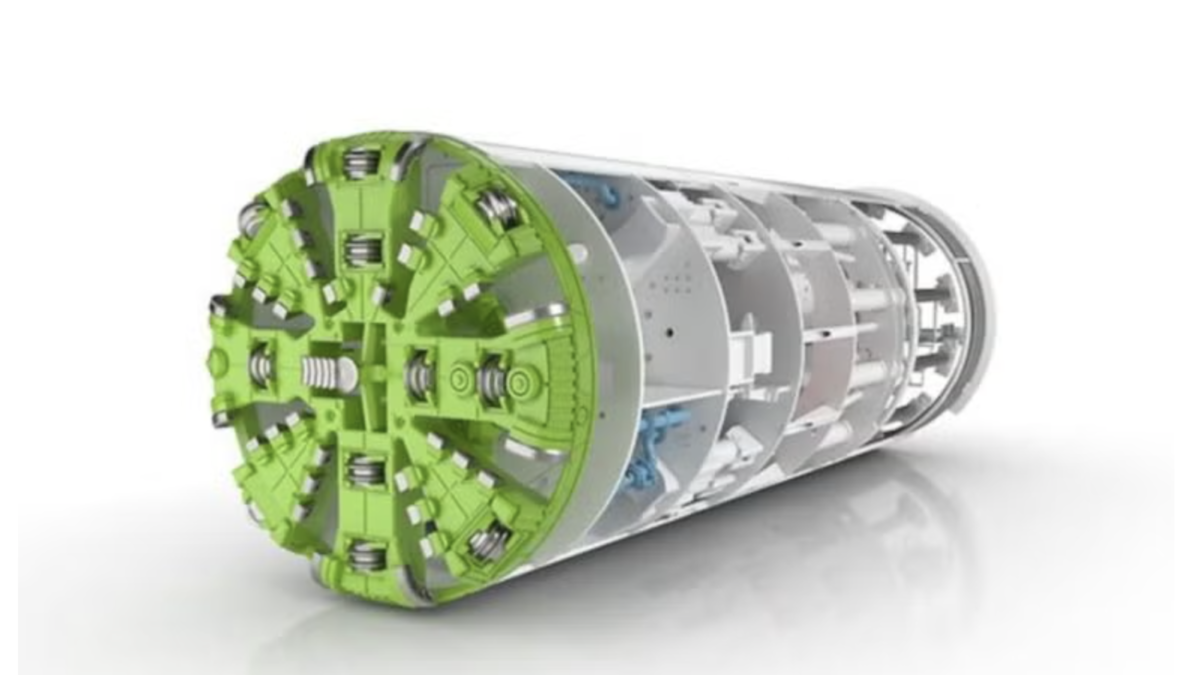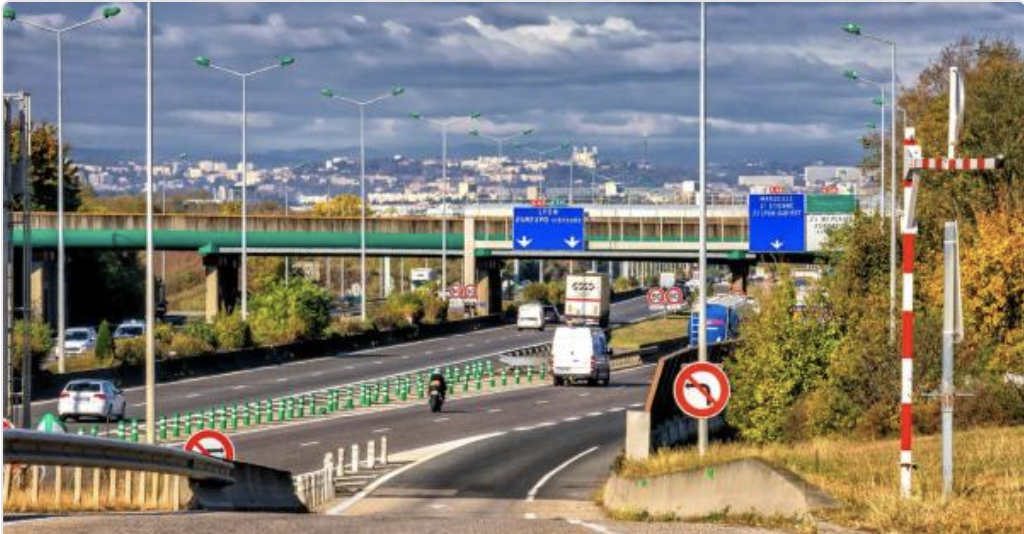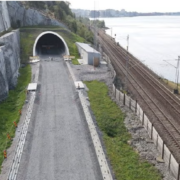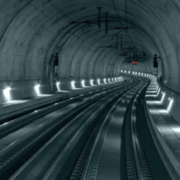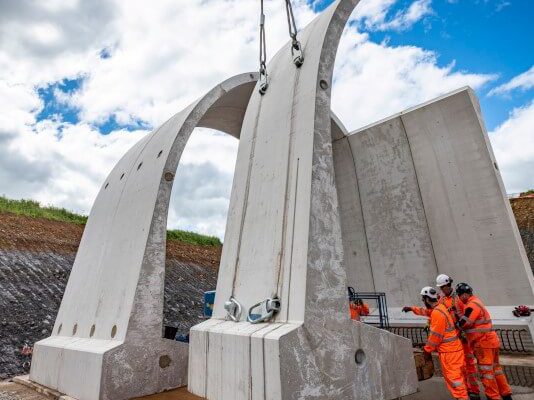
Designed to decrease the amount of embedded carbon in the structure, construction has started on HS2’s first green tunnel.
In order to speed up construction, improve efficiency and reduce disruption for communities, the 2.5km tunnel at Chipping Warden in Northamptonshire is being built on the surface using an off-site manufacturing process.
EKFB, which is HS2’s main works contractor and is a consortium of Eiffage, Kier, Ferrovial Construction, and BAM Nuttall, developed the off-site approach, taking lessons from the construction of the latest French high-speed lines.
Over 5,000 concrete tunnel segments are being produced by Stanton Precast in a factory in Derbyshire and are then assembled on site. The completed tunnel will be covered by earth and landscaped to fit in with the surrounding countryside.
The tunnel, which is designed as an M-shaped double arch, is going to have separate halves for southbound and northbound trains. Instead of casting the whole tunnel on-site, five different concrete precast segments will be slotted together to achieve the double arch – one central pier, two side walls, and two roof slabs. All 5,020 segments will be steel-reinforced, with the largest weighing up to 43 tones.
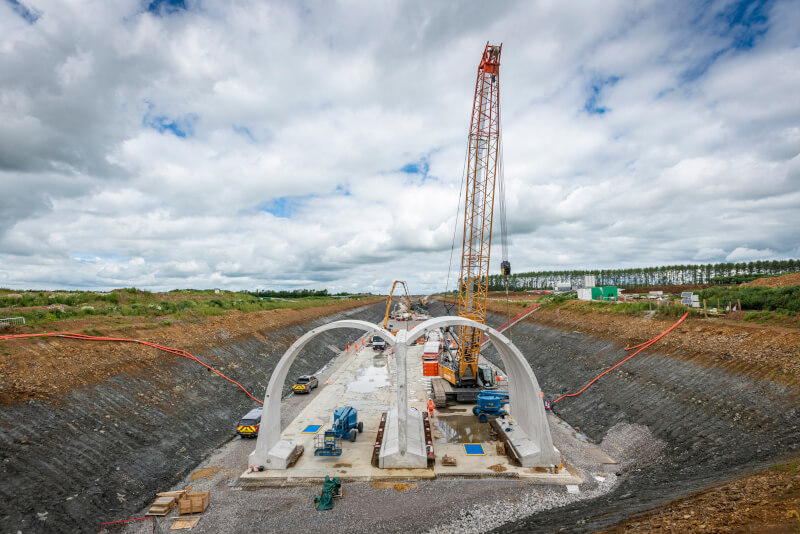
Considering the reduction of the amount of concrete and steel required for the tunnel, this lighter-weight modular approach is expected to more than half the amount of carbon embedded in the structure, while the need for people and equipment on-site will also be fewer alongside improving safety and reducing disruption for residents.
Designed to improve links between London, Birmingham, and the north, Chipping Warden is one of five green tunnels being built on phase one of HS2.
According to HS2’s project client, Rohan Perin: ” It was important to reduce the amount of carbon embedded in construction. The off-site manufacturing techniques being used will help cut the overall amount of carbon-intensive concrete and steel in the tunnel and make the whole process faster, more efficient, and therefore less disruptive for the community.”
” Off-site manufacturing made the green tunnel build more efficient than traditional on-site building methods. The HS2 green tunnels are a first of its kind in the UK. We have designed them as a twin arch ‘M’ shape which is more efficient than the standard box structure, reducing the amount of concrete required, which is a great example of how innovative engineering design can reduce carbon impact,” said Jeremie Martin, EKFB project manager.
For more details on this project please visit their website.



